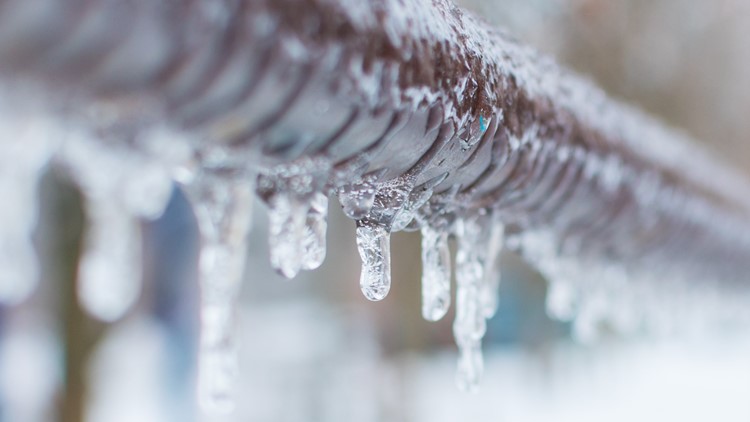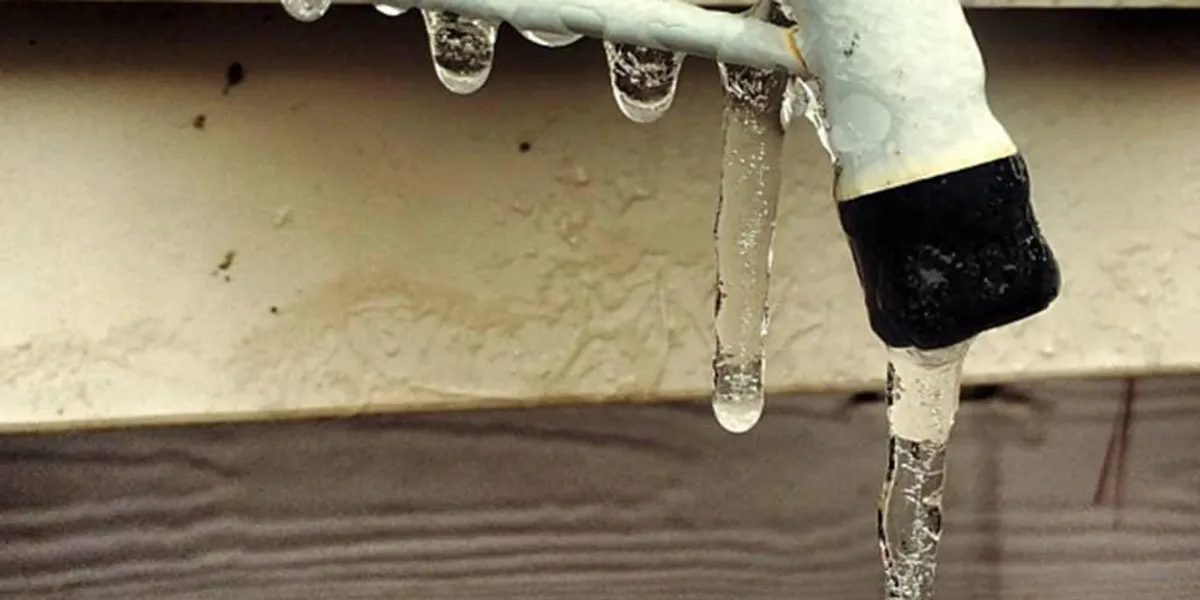Prevent Frozen Plumbing in Cold Weather: Professional Tips
Prevent Frozen Plumbing in Cold Weather: Professional Tips
Blog Article
They are making a number of great points regarding How to Prevent Your Pipes From Freezing in general in this content following next.

Cold weather can damage your pipes, especially by freezing pipelines. Right here's just how to stop it from taking place and what to do if it does.
Intro
As temperatures decrease, the danger of frozen pipelines rises, possibly bring about expensive repair work and water damage. Understanding just how to stop frozen pipelines is critical for home owners in chilly climates.
Avoidance Tips
Protecting vulnerable pipelines
Wrap pipelines in insulation sleeves or utilize warmth tape to safeguard them from freezing temperatures. Concentrate on pipes in unheated or outside areas of the home.
Home heating techniques
Keep indoor spaces adequately heated up, specifically locations with plumbing. Open cabinet doors to allow warm air to circulate around pipelines under sinks.
Just how to recognize icy pipelines
Try to find reduced water flow from faucets, unusual smells or sounds from pipelines, and visible frost on exposed pipelines.
Long-Term Solutions
Architectural modifications
Consider rerouting pipes far from exterior walls or unheated locations. Add extra insulation to attics, basements, and crawl spaces.
Updating insulation
Purchase top notch insulation for pipes, attic rooms, and wall surfaces. Proper insulation helps preserve constant temperatures and minimizes the danger of frozen pipelines.
Safeguarding Outdoor Pipes
Yard pipes and outdoor taps
Separate and drain pipes yard tubes before winter season. Install frost-proof spigots or cover exterior faucets with insulated caps.
Comprehending Frozen Pipelines
What creates pipes to freeze?
Pipes freeze when revealed to temperature levels below 32 ° F (0 ° C) for prolonged periods. As water inside the pipes ices up, it broadens, taxing the pipeline wall surfaces and possibly creating them to break.
Threats and problems
Icy pipelines can bring about water disturbances, home damage, and expensive repair work. Burst pipelines can flooding homes and trigger comprehensive structural damages.
Indications of Frozen Pipeline
Identifying icy pipes early can prevent them from breaking.
What to Do If Your Pipes Freeze
Immediate activities to take
If you presume frozen pipelines, keep taps available to relieve stress as the ice melts. Make use of a hairdryer or towels soaked in warm water to thaw pipes slowly.
Verdict
Stopping icy pipes requires aggressive procedures and fast feedbacks. By understanding the causes, signs, and safety nets, home owners can shield their plumbing during winter.
6 Proven Ways to Prevent Frozen Pipes and Protect Your Home
Disconnect and Drain Garden Hoses
Before winter arrives, start by disconnecting your garden hoses and draining any remaining water. Close the shut-off valves that supply outdoor hose bibs and leave the outdoor faucet open to allow any residual water to drain. For extra protection, consider using faucet covers throughout the colder months. It’s also important to drain water from any sprinkler supply lines following the manufacturer’s directions.
Insulate Exposed Pipes
Insulating your pipes is an effective way to prevent freezing. Pipe insulation is readily available at home improvement stores and is relatively inexpensive. Pay close attention to pipes in unheated areas such as the attic, basement, crawl spaces, or garage. Apply foam insulation generously to create a buffer against the cold. You can also wrap your pipes in heat tape or thermostat-controlled heat cables for added warmth.
Seal Air Leaks
Inspect your home for any cracks or openings that could let in cold air. Seal any holes around the piping in interior or exterior walls, as well as the sill plates where your home rests on its foundation. Additionally, make sure to keep your garage door closed unless you’re entering or exiting. Leaving it open creates a significant air leak that can lead to frozen pipes.
Allow Warm Air Circulation
During cold snaps, it’s essential to allow warm air to circulate evenly throughout your home. Leave interior doors ajar to promote better airflow. Open kitchen and bathroom cabinets to help distribute heat consistently around the rooms. If you have small children or pets, be sure to remove any household chemicals or potentially harmful cleaners from open cabinets for safety.
Let Faucets Drip
A small trickle of water can make a big difference in preventing ice formation inside your pipes. When temperatures drop significantly, start a drip of water from all faucets served by exposed pipes. This continuous flow helps prevent the water from freezing. Additionally, running a few faucets slightly can relieve pressure inside the pipes, reducing the chances of a rupture if the water inside does freeze.
https://choateshvac.com/6-proven-ways-to-prevent-frozen-pipes-and-protect-your-home/

Hopefully you enjoyed reading our part on Prevent Frozen Pipes . Thanks for spending some time to read our piece. Don't hesitate to pause to promote this article if you enjoyed it. I truly appreciate your readership.
Go Company Report this page